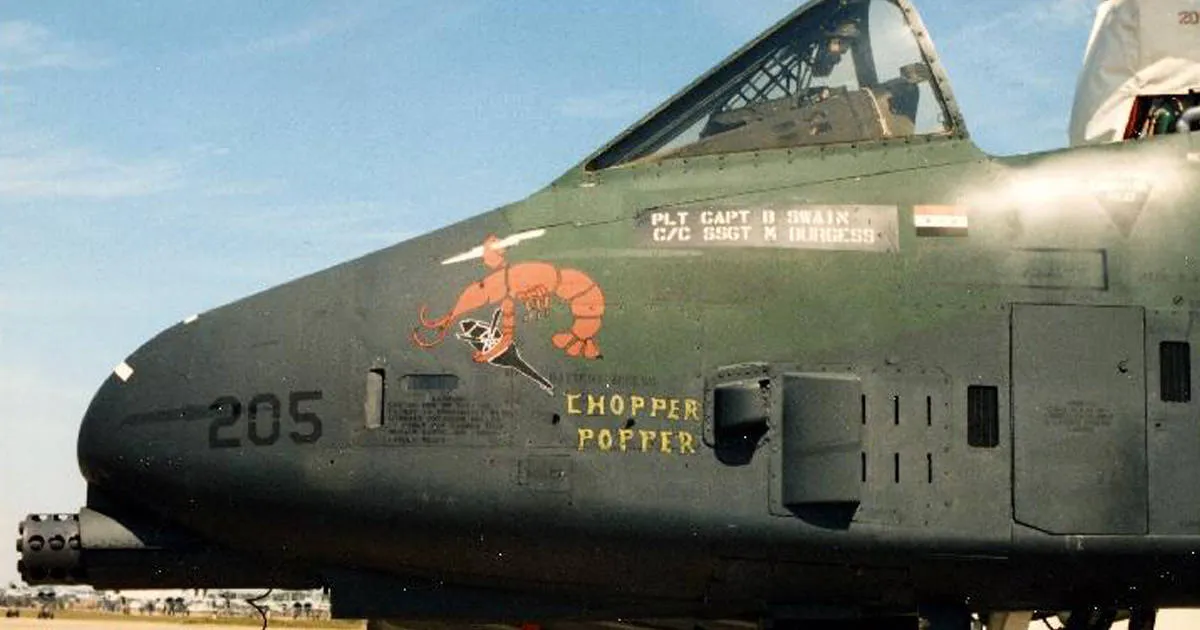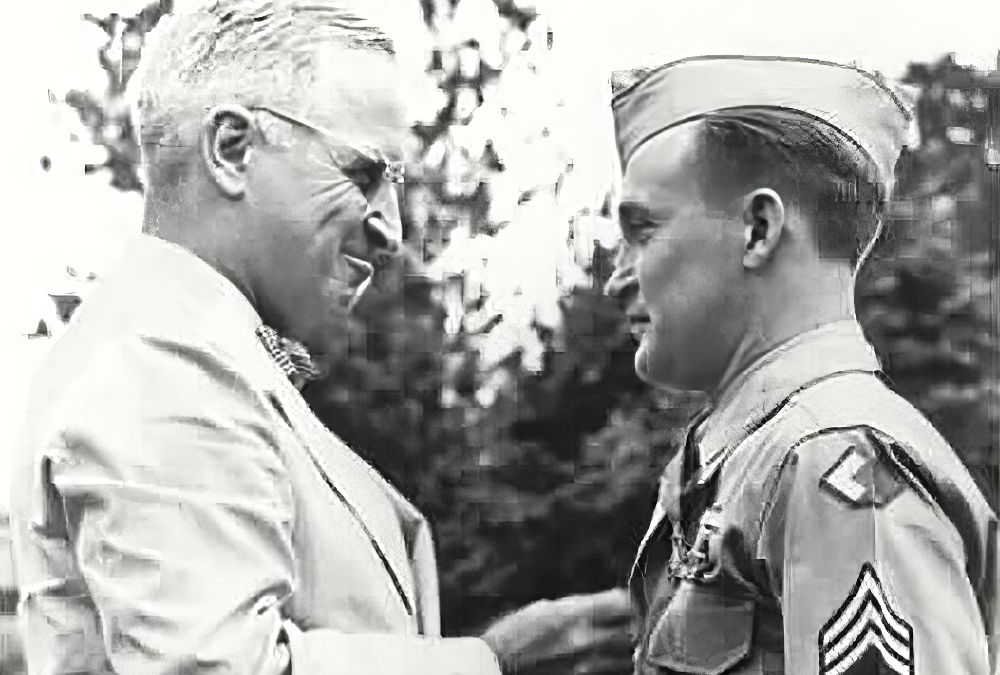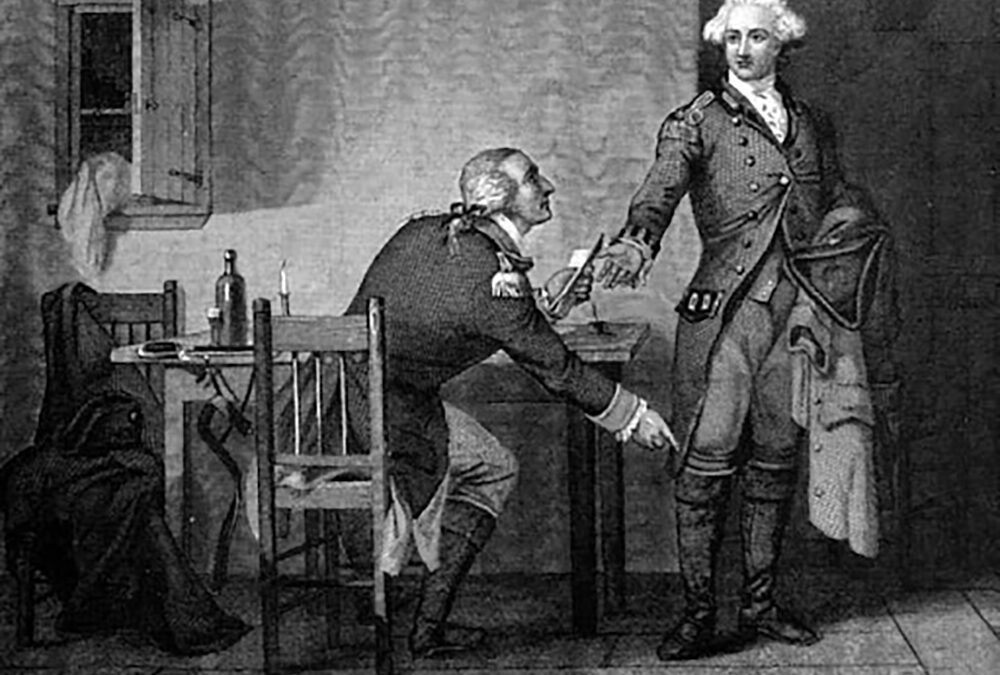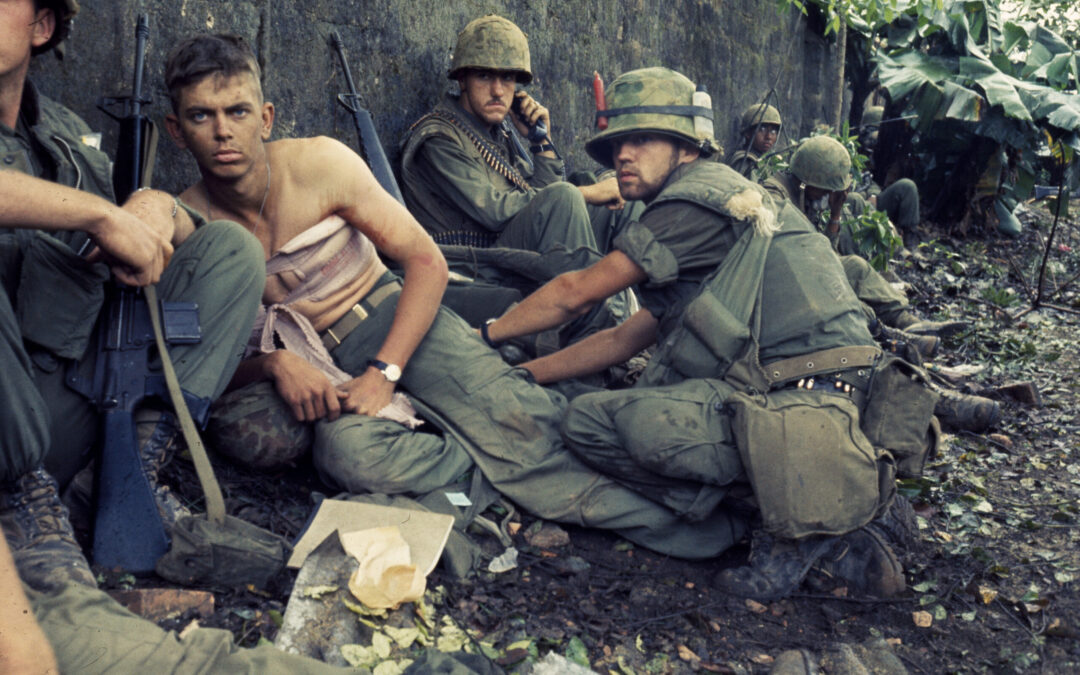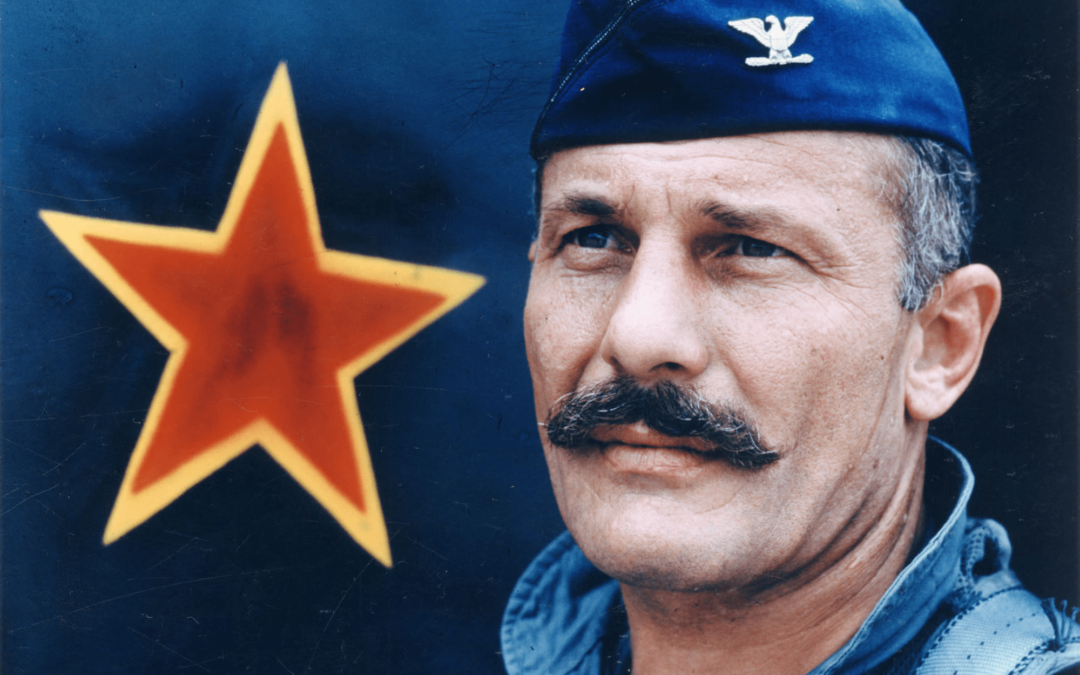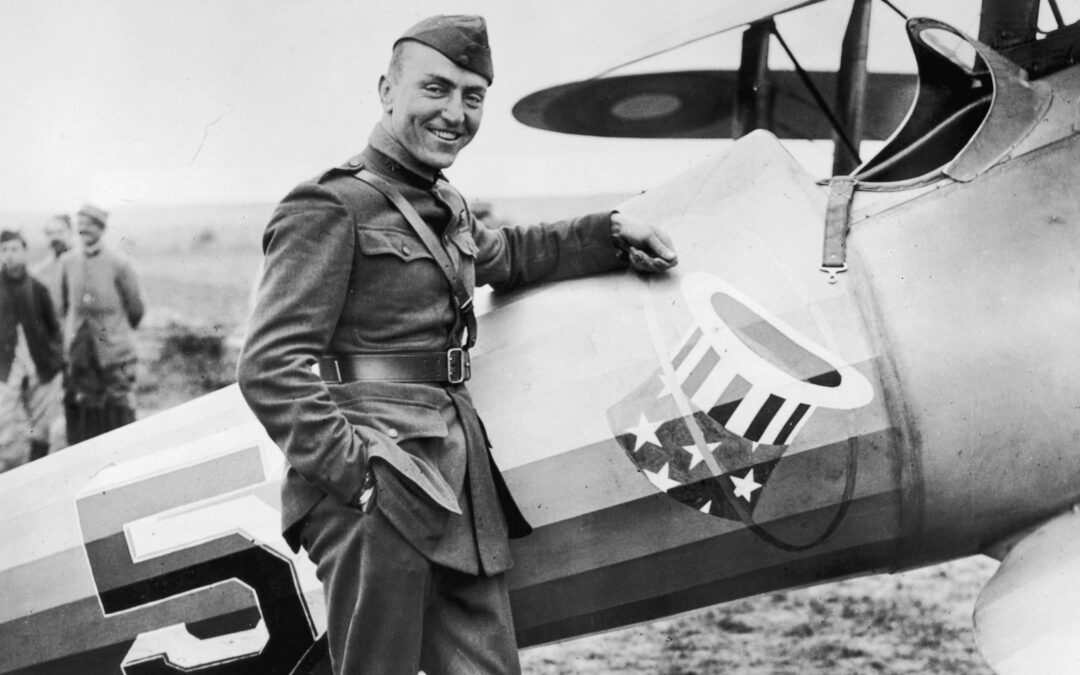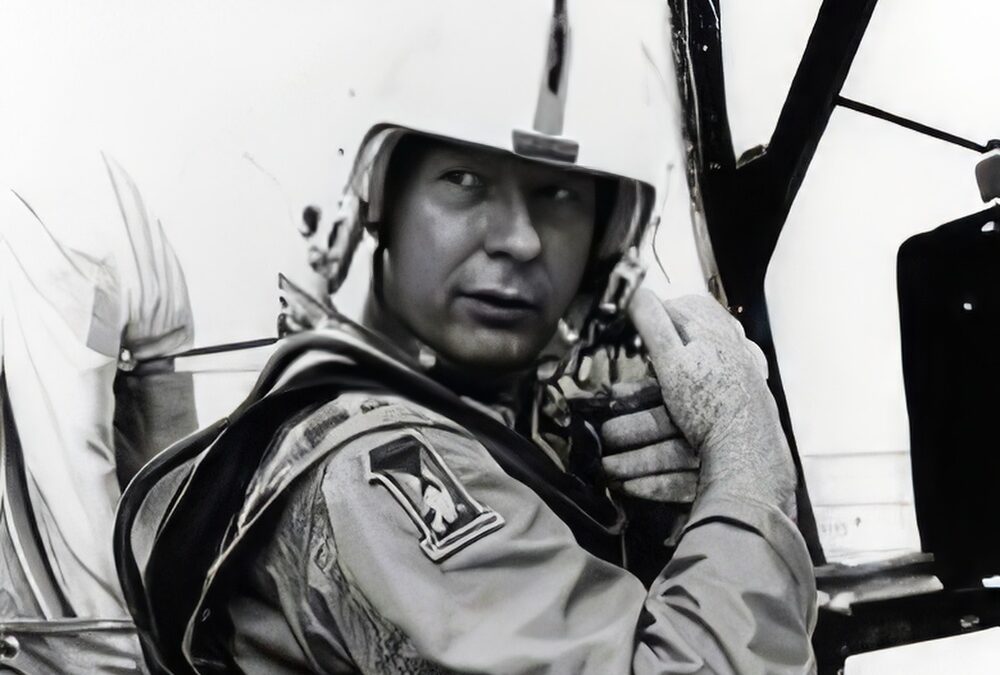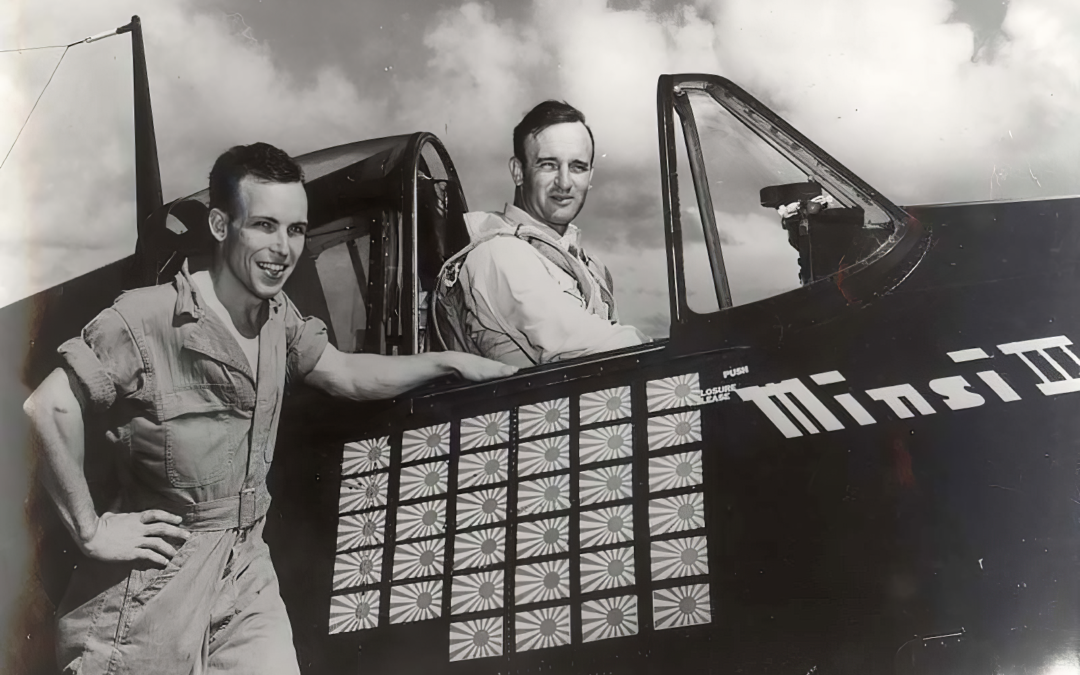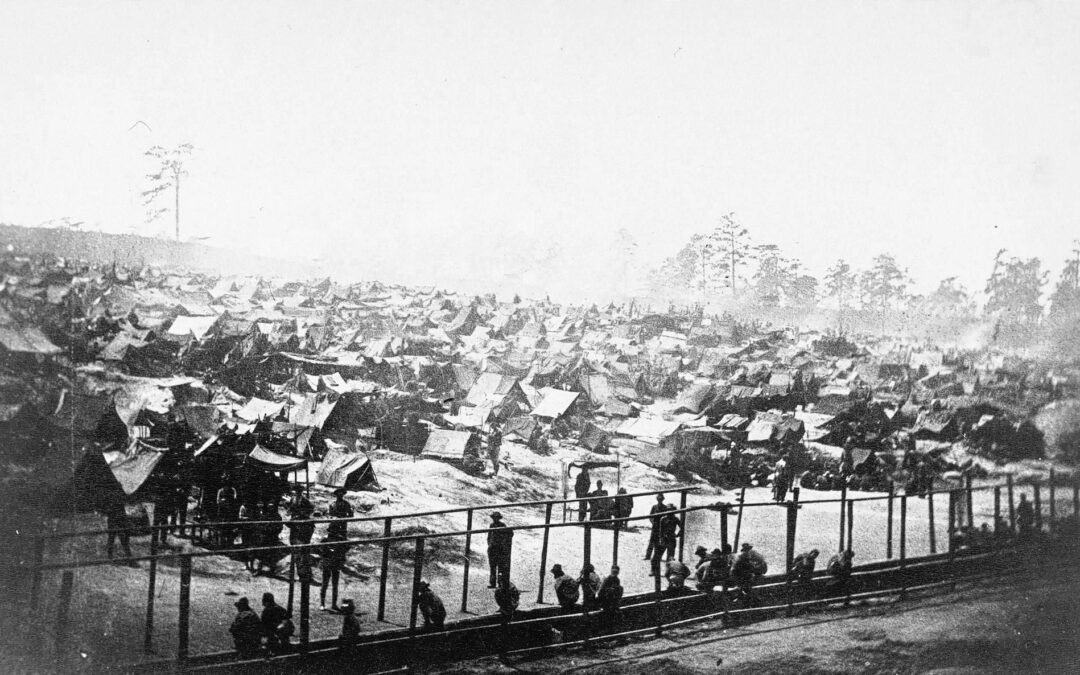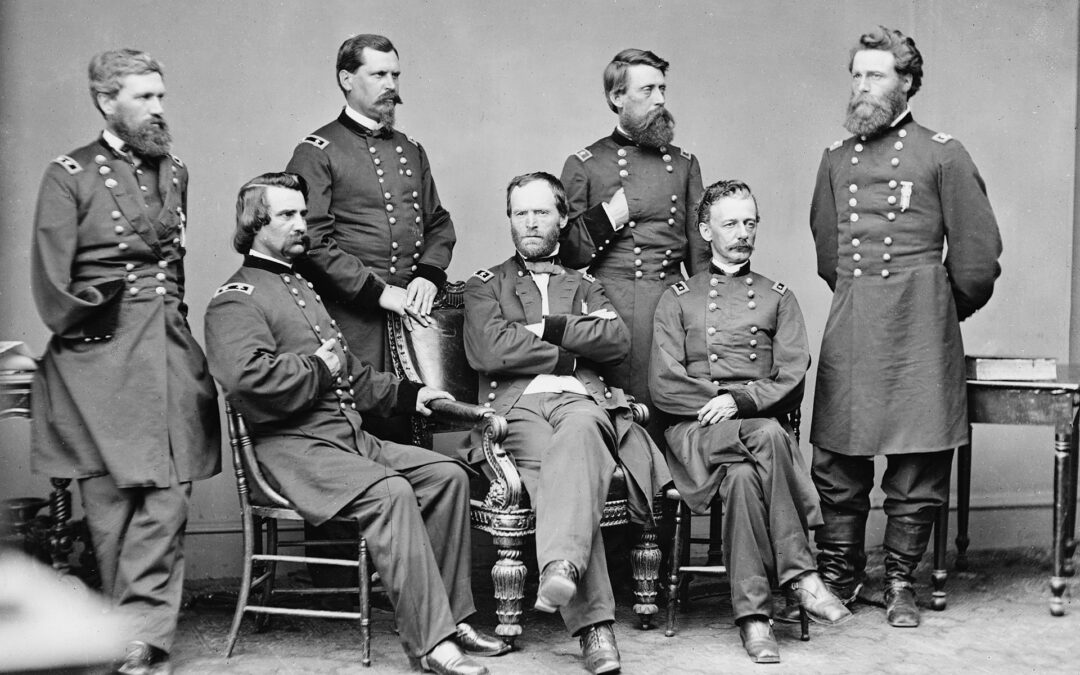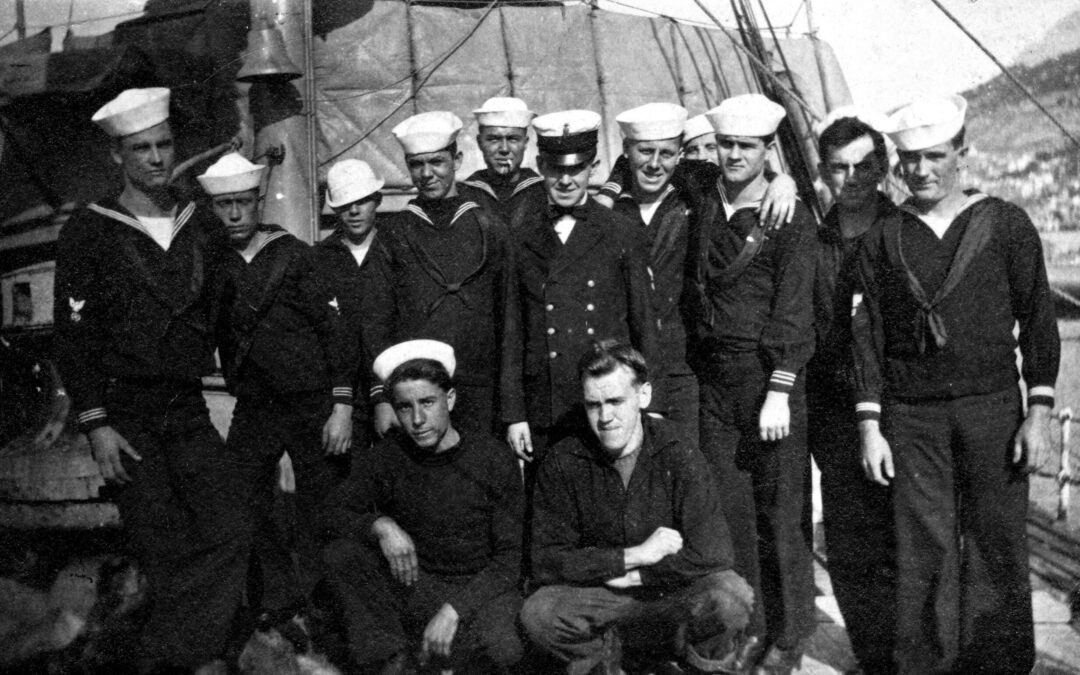The grounds of the U.S. Air Force Academy in Colorado Springs are packed to the gills with Air Force history. Among the legends on display is a green-colored Air Force Reserve A-10 Thunderbolt II (also known as a Warthog), positioned with its nose skyward. A closer look at that nose reveals its name: "The Chopper Popper." How the Chopper Popper Keeps the Tradition of Nose Art Alive Nose art isn't that common in the Air Force these days, but it's not totally forbidden. The aging but plucky fleet of A-10s have all but kept the tradition alive in recent decades. Warthogs are usually bearing teeth or tusks on their noses, not the sea creature gripping a helicopter in its massive claws. The Chopper Popper's art is an homage to its nickname, picked up for the stunning air-to-air kill made by then-Capt. Bob Swain during the first Gulf War. The A-10 is known for a lot of things, but dogfighting isn't one of them. It was designed to be a gun with wings, a flying tank that could get in close...
